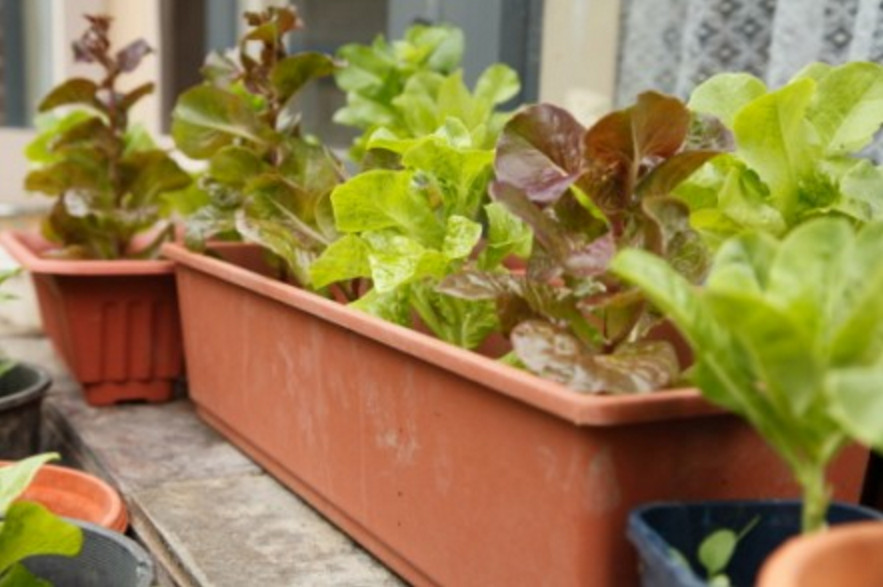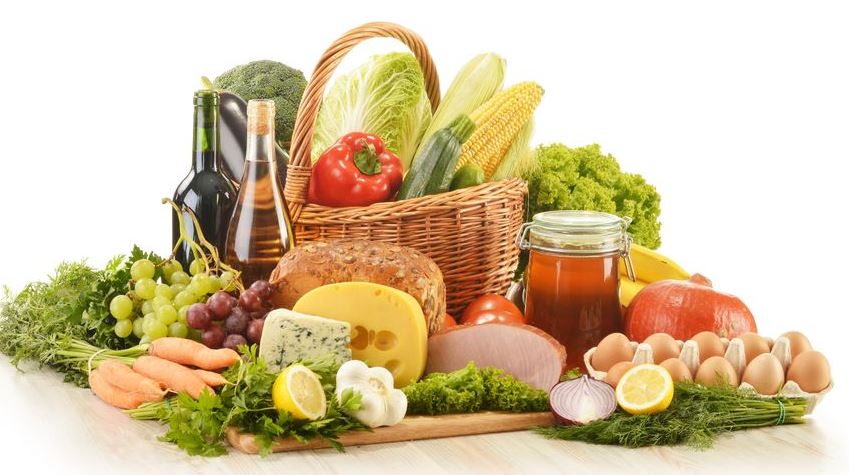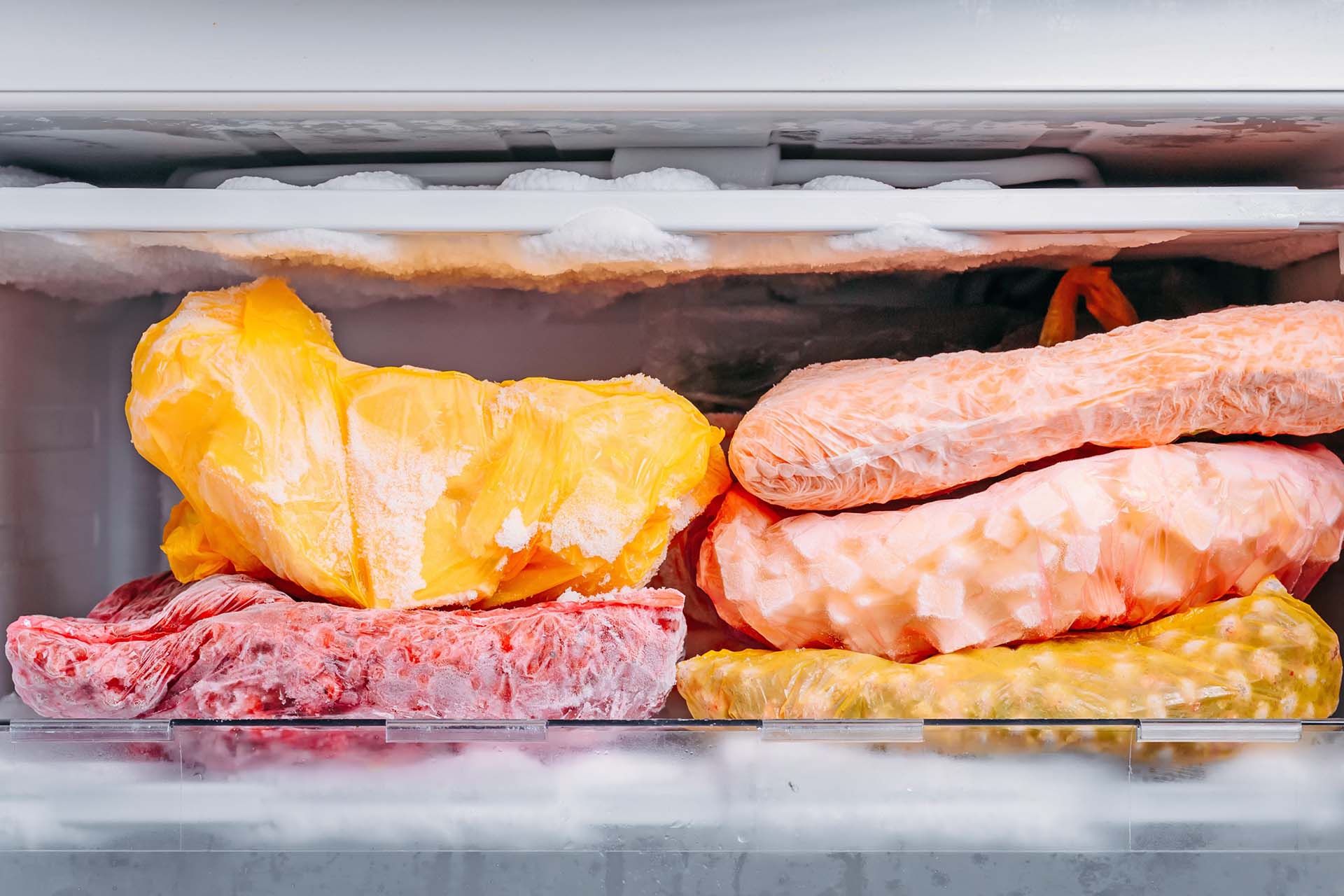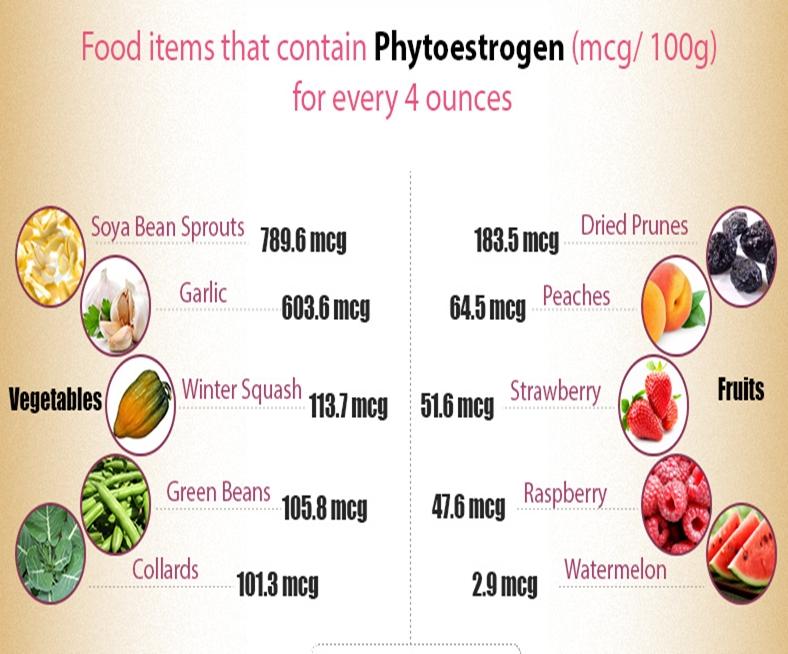- Choose the Right Vegetables:
- Select vegetables suitable for indoor cultivation. These include leafy greens like lettuce, spinach, kale, Swiss chard, microgreens, and herbs like basil, thyme, rosemary, and chives. Choose varieties labeled “indoor” or “compact” for better growth.
- Prepare Your Grow Space:
- Determine the area in your home that receives adequate sunlight, such as a south-facing window or a sunroom. Consider using a grow light setup for consistent lighting. Ensure proper ventilation to prevent humidity buildup and mold growth.
- Select the Right Containers:
- Choose containers with good drainage holes. Consider using self-watering planters or containers with reservoirs to simplify watering. Ensure the containers are deep enough for root growth.
- Prepare the Soil:
- Use a soil mix specifically designed for indoor gardening. Look for a well-draining, nutrient-rich mixture with pH levels between 6.0 and 6.8. You can also create your own mix using peat moss, perlite, and vermiculite in equal proportions.
- Planting Your Vegetables:
- Sow the seeds according to the instructions on the seed packet. Cover the seeds with a thin layer of soil and gently water. Maintain a warm and humid environment until germination.
- Provide Adequate Watering:
- Water the plants regularly, but avoid overwatering. Keep the soil moist but not soggy. Adjust watering frequency based on the needs of the specific vegetables you are growing.
- Manage Lighting:
- Ensure the plants receive enough light for photosynthesis. If natural light is insufficient, supplement with artificial grow lights. Aim for 12-16 hours of light daily, adjusting the duration based on plant requirements.
- Control Temperature and Humidity:
- Maintain a consistent temperature range between 65-75°F (18-24°C) for optimal growth. Use a humidifier or misting to increase humidity levels if necessary.
- Fertilize Regularly:
- Apply a water-soluble fertilizer every 2-3 weeks to provide essential nutrients for growth. Follow the instructions on the fertilizer package for proper dosage.
- Prune and Train Your Plants:
- Prune the plants regularly to control their size and shape. Pinch off suckers and lateral shoots to promote bushier growth. Use stakes or trellises for tall or vining plants.
- Monitor for Pests and Diseases:
- Regularly inspect your plants for signs of pests or diseases. Use organic pest control methods, such as neem oil or insecticidal soap, if necessary. Avoid using chemical pesticides indoors.
- Harvest Your Vegetables:
- Harvest your vegetables when they are ripe and at their peak flavor. You can use scissors or a sharp knife to carefully cut the vegetables from the plants. Enjoy the fresh, homegrown produce!
Remember, indoor gardening requires patience and continuous care. Experiment with different varieties and methods to find what works best for you and enjoy the satisfaction of growing fresh vegetables indoors.











